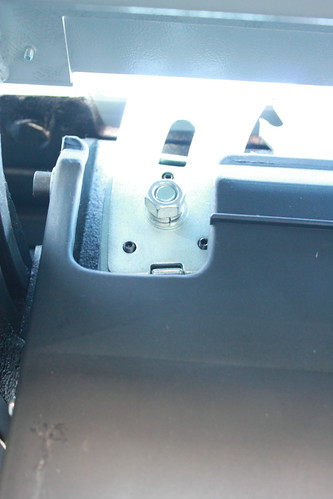siggy_7
Full time tool collector, part time woodworker
Jacob":27xal1ha said:Yes but you are not really supposed to do anything other than "severing" cuts on a TS.
This is precisely the sort of thing I meant when I said that some people are in denial about reality. The fact is that lots of people use their table saws for non-severing cuts. I am not defending the plethora of bad practice promoted by some amateurs online, but there are lots of examples where table saws are used in this manner. The main examples that come to mind are cutting box joints and tenons. Both of these cuts are often made on the table saw, and the type of riving knife with crown guard attached prevents it. Manufacturers like Incra will even sell you jigs specifically designed to do these singular tasks; these manufacturers have to comply with the safety standards of the regulatory environment in which they sell. So if the UK government says it's ok for Incra to sell you a box joint jig, you should recognise that people are going to buy that jig and use it even if you don't think it's a safe/sensible thing to do. As removal/re-fitting of the over-tall RK is a right pain on most if not all saws, this inconvenience is a substantial short-coming of this type of guard, and something more flexible is needed (i.e. an overhead guard rigidly supported, but not attached to the saw assembly).


































